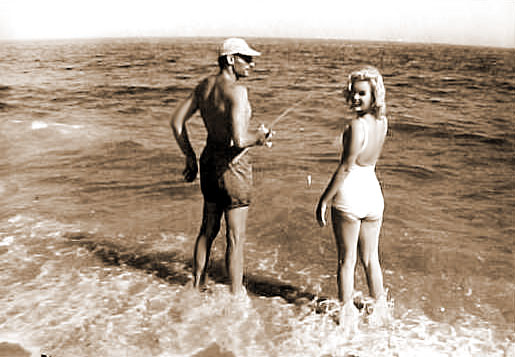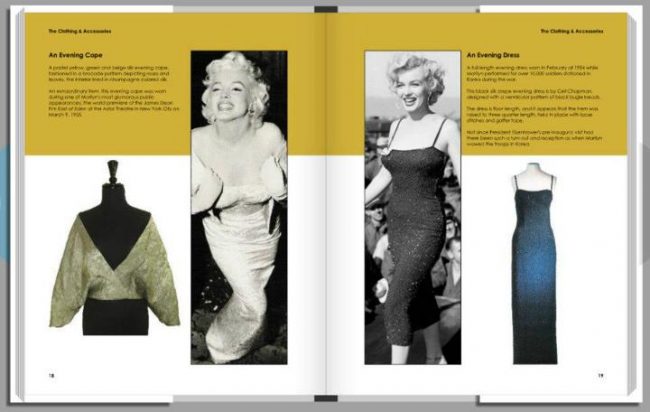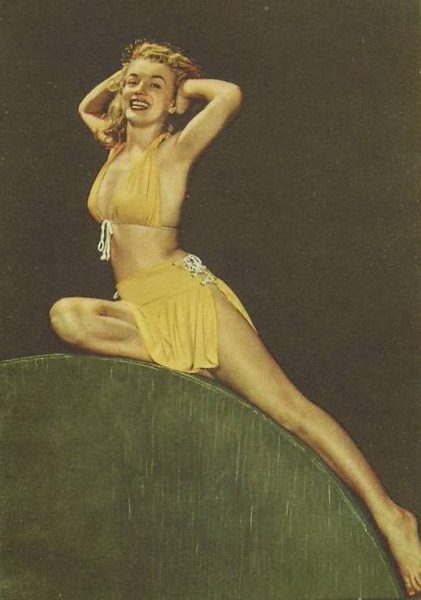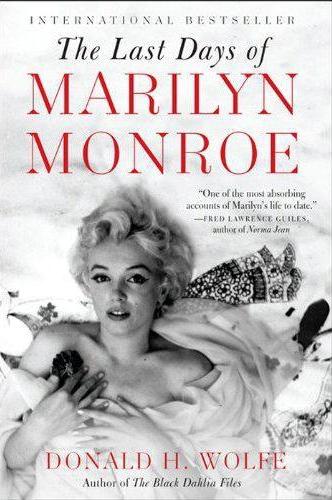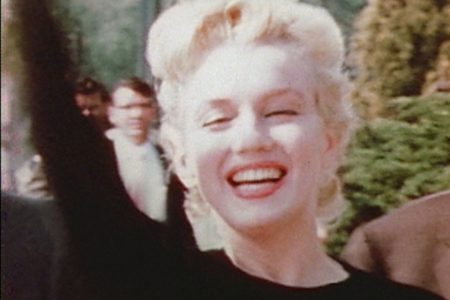
The Huffington Post profiles Marilyn’s charming, Spanish-style home at Fifth Helena Drive in Brentwood, Los Angeles, with exterior and interior photos of the house today.

“The one-story white stucco house was built in 1929. When Marilyn Monroe bought it, it had three bedrooms and two baths plus a detached guest house. The legendary actress used one bedroom for herself, installed her housekeeper-companion Eunice Murray in a second bedroom and the third bedroom was used as a ‘telephone room,’ according to various reports. There was, and still is, a kidney-shaped swimming pool in the backyard that Monroe reportedly never used.
Reports say that Monroe threw herself into making her house a home. Shortly before her death, she traveled to Mexico to buy authentic furnishings and art work — some of which were found still in their shipping boxes when they found her body. The last check she ever wrote was for a white chest of drawers.
She even had an herb garden planted on the gated property that sits at the end of a cul-de-sac.”
